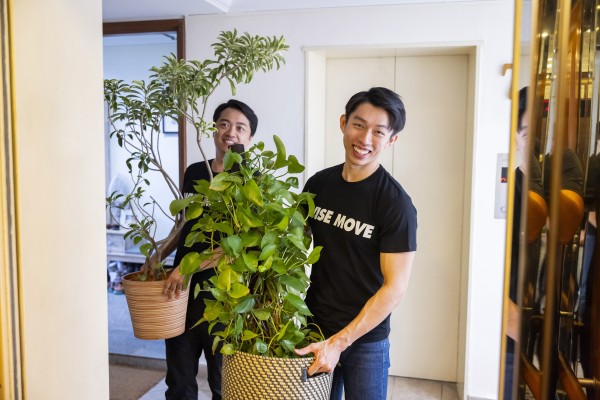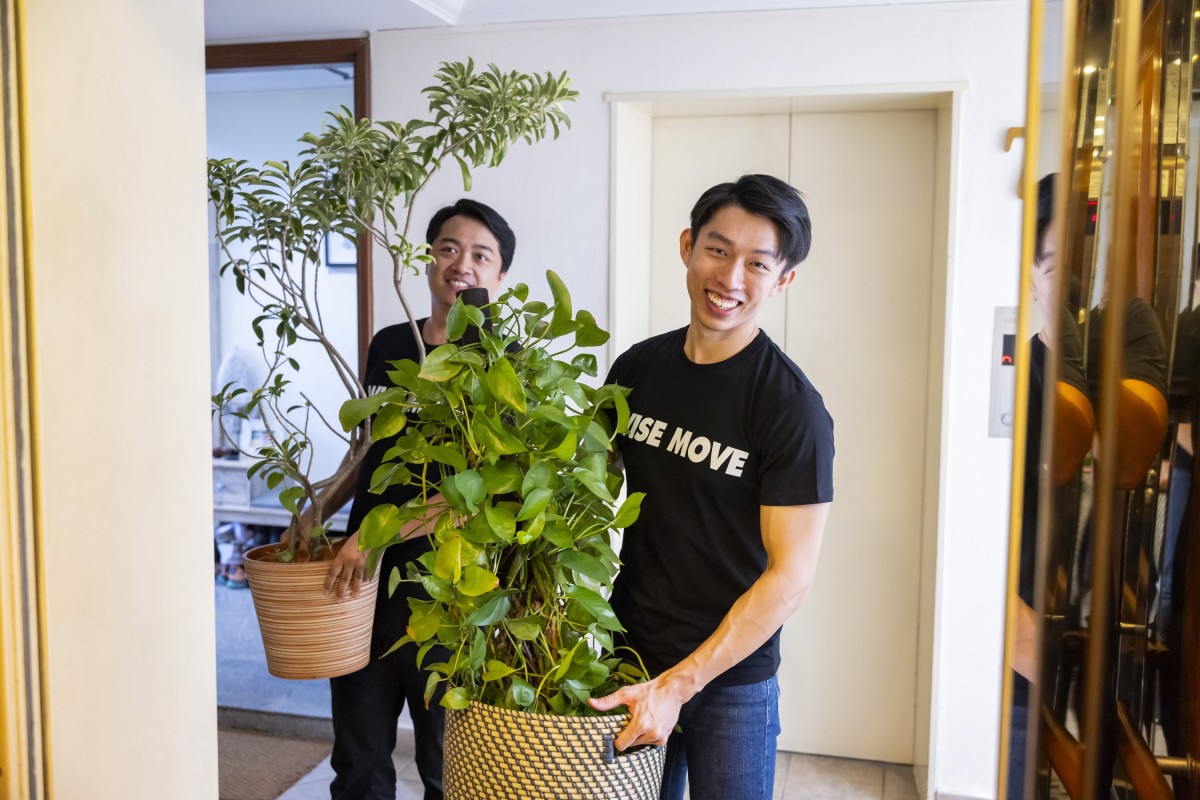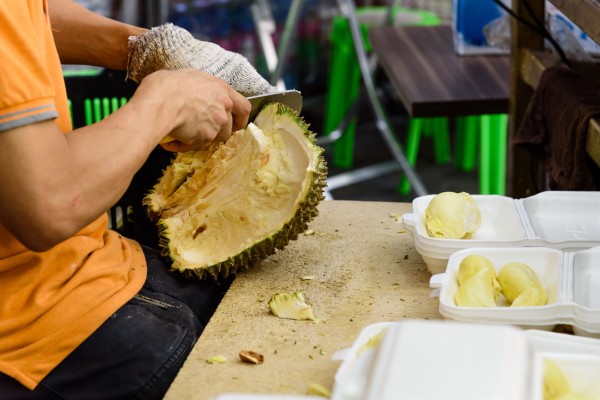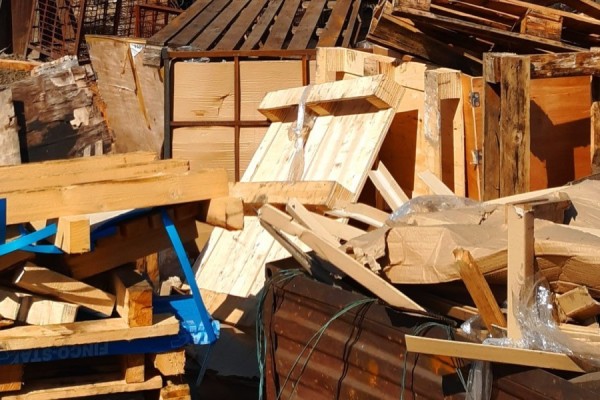Beginner’s Guide to Keeping Healthy Houseplants in Singapore


If there’s one kind of home interior decor item that never goes out of style, it has to be the humble houseplant.
Whether you love the minimalist and natural warmth of the Japandi aesthetic, the eclectic and free-spirited charm of the Boho style, the rustic and cosy charm of modern farmhouse decor, or even the glamorous and bold Art Deco movement–there’s literally a houseplant to suit every home decor style you can think of.
Keeping houseplants in Singapore is pretty easy too. Yes, even if you have a self-professed brown thumb.
The truth is that the majority of houseplants love our year-round heat and humidity.
Lots of houseplants that are popular for their gorgeous leaves and foliage are tropical plants that grow best in tropical or subtropical rainforests in Southeast Asia, Central America, or South America.
So since you’re here in Singapore where the sun never stops shining, the temperature never drops below 25 degrees Celsius, the humidity ensures that your armpits are always sticky, and weekly tropical rainstorms are to be expected, why not green up your home and your life?
Still nervous about keeping a plant alive? You’ve come to the right place.
Our Beginner’s Guide to keeping houseplants in Singapore tells you all you need to know to get started on choosing, acquiring, and nurturing your very first plant baby.
Choosing the right plant
Visit any plant nursery in Singapore and you’ll find yourself completely spoilt for choice, with plants of all varieties available for purchase.
While it may be tempting to go with the most unique looking plant on the rack assuming that all tropical plants have the same needs, ONLY do this if you’re ready for browning, leaf loss, even root rot.
Every plant has different care requirements. If you purchase your plant from a nursery, you’ll often be able to identify the plants through the labels and tags on the rack.
Alternatively, you can also use Google lens to easily identify the plant and get care tips quickly.
Some factors to consider when choosing your plant are:
-
Light levels
-
Watering frequency
-
Humidity levels
You’ll need to consider where you’re placing the plant in your home, and the conditions at the spot you’ve chosen. For example, a plant placed in a corner in the toilet away from the window may be dark, humid, and troublesome to bring in and out of the home for watering.
Some houseplants like snake plants and pothos (commonly known as “money plants” in Singapore) are very low maintenance and hardy plants, tolerating low light levels, infrequent watering, and lower indoor humidity levels.
Other houseplants like calatheas, alocasias, and orchids are a lot more finicky, requiring specific light levels, careful watering, and high humidity levels to not just thrive but merely stay alive.
Most of the time, choosing the right plant for your home, according to the care you can provide (lighting, watering, and environment) can make all the difference in whether it thrives or dies.
Setting up the best conditions

Google is really your best friend when it comes to creating the best environments for your little plant babies to grow well in.
Here’s a fantastic resource that tells you all about the best plants for the conditions in your home.
Knowing exactly what your plant needs to thrive, these are the factors you’ll need to consider, to set up the best conditions for your plant baby to thrive.
1. Find the right spot
The sweet spot for your houseplant to thrive may not be exactly where you think they look best in. They’re living things after all, and some plants even seem to be pretty temperamental, preferring certain spots in your home over others for small, hardly perceptible reasons.
(I once tried to place a potted dracanea at the foot of my entryway stairs, but it hated that spot and promptly died, because it was too dark–or so I thought. Fast forward two years and I have a philodendron that thrives in that corner. Yes, true story.)
Most houseplants need bright and indirect light. It may be difficult to gauge what’s considered “bright and indirect”, so read this: it’s basically a spot where your plant has no direct sun rays falling onto it, whether through a window or not.
The best place for plants to thrive in your home are usually next to windows, because of this.
Other conditions you have to consider are how windy the spot is, how much physical room your plant has to grow, and how humid or damp the room is.
2. Use the right potting mix
No plant likes water-logged roots. Getting the right type of potting mix is important to keep your plant roots healthy and well-ventilated. Tropical houseplants often like well-draining potting mixes that include perlite, coco coir, and soil.
For plants that need more water, adding peat helps the soil retain water for a longer period.
Cacti and succulents like very well-draining and gritty mixes, comprising perlite and sand.
3. Water with care
Almost all plants need to be watered when the soil starts to dry out, with some exceptions like certain types of ferns, peperomia, and peace lily.
The best way to figure out when your plant needs to be watered is to stick your finger into the soil–if the top two inches feel dry, it’s usually time to water your plants. Do this instead of watering on a rigid schedule, and your plants will thank you for it.
Also, make sure to water all the way through the pot, until water starts to flow out through the holes at the bottom of the pot. This may seem counter-intuitive, but trust us when we say that this helps prevent the roots from rotting, because it ensures water goes all the way through the soil and does not stay in there.
4. Boost humidity
Singapore’s weather is humid year-round, but some houseplants like it REALLY humid. (Read: the kind of steam and heat you’ll find in a sauna!) Plants like calatheas, philodendrons, pothos, orchids, and alocasias love it steamy!
Placing such plants in humid areas in your home such as the bathrooms will go a long way in keeping them happy, especially after you’ve had a warm shower. Grouping plants together also helps to up the moisture in their vicinity.
Alternatively, you can get a mister to increase the ambient humidity of your room, to keep the air moist and warm for these steam-loving plants.
5. Use fertilisers when needed
Once you’ve managed to get the basic living conditions settled, you’ll want to look into adding fertilisers into the soil.
This is to help your houseplant get all the nutrients it needs to grow well. Some nutrients that fertilisers will add to the soil are nitrogen, phosphorus, and potassium, commonly known as NPK in gardener-speak.
You’ll know when your plant needs a fertiliser from the health of its leaves, stems, and roots. If you notice your plant leaves and stem looking pale and weak, or that its roots are thin and fewer than usual, this probably means that it’s time to fertilise your plant. If you’re unsure about what nutrients your plant needs, check out this quick guide.
If you want to provide a targeted and rapid boost to your plant, you’ll want to use synthetic fertilisers, which tend to be fast-release fertilisers. If you want to build a healthy soil ecosystem for your plant and help it to grow healthily in the long-run, you’ll want to use an organic slow-releasing fertiliser.
Always use fertilisers in the morning or evening when temperatures are lower, to prevent leaf burn. This is because fertilisers draw moisture out of the plant, which makes it easy for leaves to get burnt from the sun.
Also always add fertilisers to freshly watered plants, so that the roots can absorb the nutrients from the fertilisers smoothly.
6. Watch out for pests
All plant owners will know how irritating dealing with plant pests can be. Those white spots on the stems or little brown spider-like insects crawling on the leaves are often pests that can do lots of damage to your beloved plants.
Pests can literally suck life out of the plant’s leaves, stems, and roots; chew through the leaves; burrow into the soil; or eat up all the fruit.
Identifying the pests plaguing your plant and acting quickly to get rid of them can nip the problems right in the bud. Check this guide out to help you identify the pests you may be facing and what you can do to solve your pesky problem.
What you’ll need in your Basic Gardener’s Toolkit
When you’re just starting out as a proud houseplant owner, you’ll need to make sure you’ve got the essential tools to keep your new plant babies happy and healthy. Grab these ten items for your basic toolkit to get started!
1. Watering can
To water your plant, of course.
2. Hand trowel
To dig small holes in your pot.
3. Gardening shears or scissors
To trim plants, remove dead leaves and roots, and for propagation.
4. Gardening gloves
To protect your hands from thorns and pests, and keep them clean while working with your plants.
5. Hand fork
To loosen compacted soil.
6. Soil scoop
To easily transfer potting mix into your pots.
7. Clear pots
To keep an eye on the root health of your plants.
8. Moss pole
To give your climbing plant space to climb, and help their leaves grow bigger.
9. Fertilisers
To keep your plants healthy and vibrant.
10. Neem oil
To get rid of lots of pests –almost 200 different pests, to be exact.
Keeping houseplants in your new home in Singapore is a hobby all in itself, and a great one at that. It’s not only relaxing and soothing, healthy houseplants make for a beautiful home–even purifying your home air as a bonus!
What do our customers say?


































